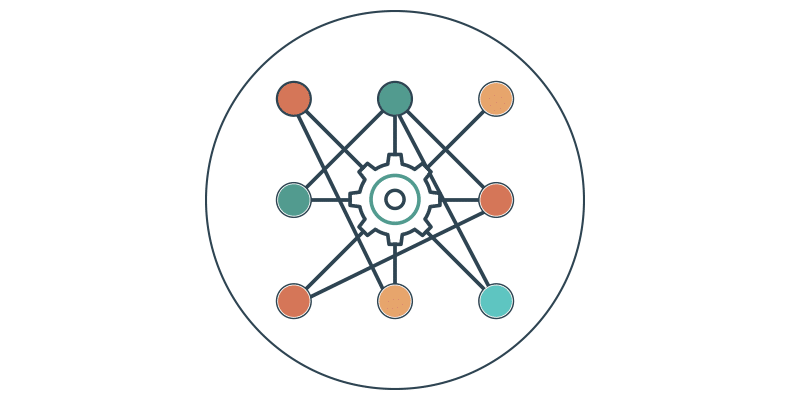Think about your process of getting dressed this morning. You go into your closet and choose all the items you want to wear for the day – your pants, your shirt, your socks and your shoes. It’s easy because they’re all in one location. You can quickly pull together different combinations to make sure everything matches up the way you want, and you can quickly try different combinations to get the best outcome.
Now imagine how cumbersome it would be if your pants were stored in the kitchen, your shirts were in the basement, your socks were in the bedroom and your shoes were in the laundry room. You’d have to go to all these different places to round them up. If you discovered something didn’t match, you’d have to backtrack each time. Worse yet, you would have a hard time keeping track of what you have, and what you don’t have. Or even who else might be wearing your stuff!
This sounds silly, but it’s how many of you are managing your insurance data. You have claims data stored with your TPA, policy information split between three core systems, call center data stored with your BPO, policyholder transactional data stored in your digital apps – and that’s just for starters. In fact, you probably have 20 different types of data spread out throughout your “house.”
None of this data matches, so you can’t pull together a cohesive “look” at what’s happening in your business.
A Better Way
There is a better solution. Just as you wouldn’t keep your clothes scattered in different areas of your house, you don’t have to keep your data stored in multiple locations.
If you had all of your transaction data in a single source, many things would be much easier, including:
- Digital transformation – You could confidently answer so many questions, like … What is the adoption rate of online purchases? How often is the app used to file claims? How many policyholders pay bills online? With a single data hub, you can answer these questions and move your digital transformation forward.
- Fraud detection – It’s easier to implement new technologies to help spot fraud if you have all your data all in one place, but it is nearly impossible if your data is scattered. The ability to match client and vendor data across multiple processing platforms for claims, policy admin, billing/invoicing, and customer service is a critical component. A single source of truth is the critical foundational step to implementing the analytics, machine learning and AI technologies that can help you spot these red flags.
- Managing reinsurance contracts – Calculations on coverages can require data spread across multiple platforms, over multiple years, and are usually also dependent upon data embedded in contracts. You can better understand your full exposures, provide data to your brokers, and set appropriate pricing if all your data is in one place.
- Customer experience – Are your agent and policyholder experiences as good as they could be? How do they stack up against industry standards, or your own organizational goals? A single source of truth populated with data from a variety of sources will reveal the facts on call center service, FNOL response, claim closure times, payment times and more.
And there are many other reasons, from business expansion modeling, to audit/compliance data calls, to tighter user-access security, and more. As you can see, keeping your data in different locations isn’t practical. Once all the data is in one place, it becomes much easier to get a cohesive picture.
Want to learn more? Contact us to start a conversation.
